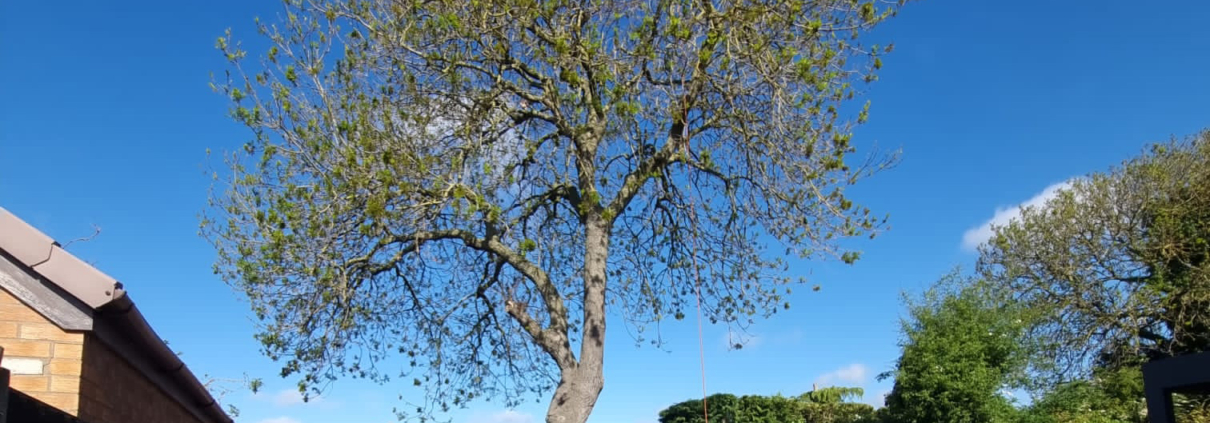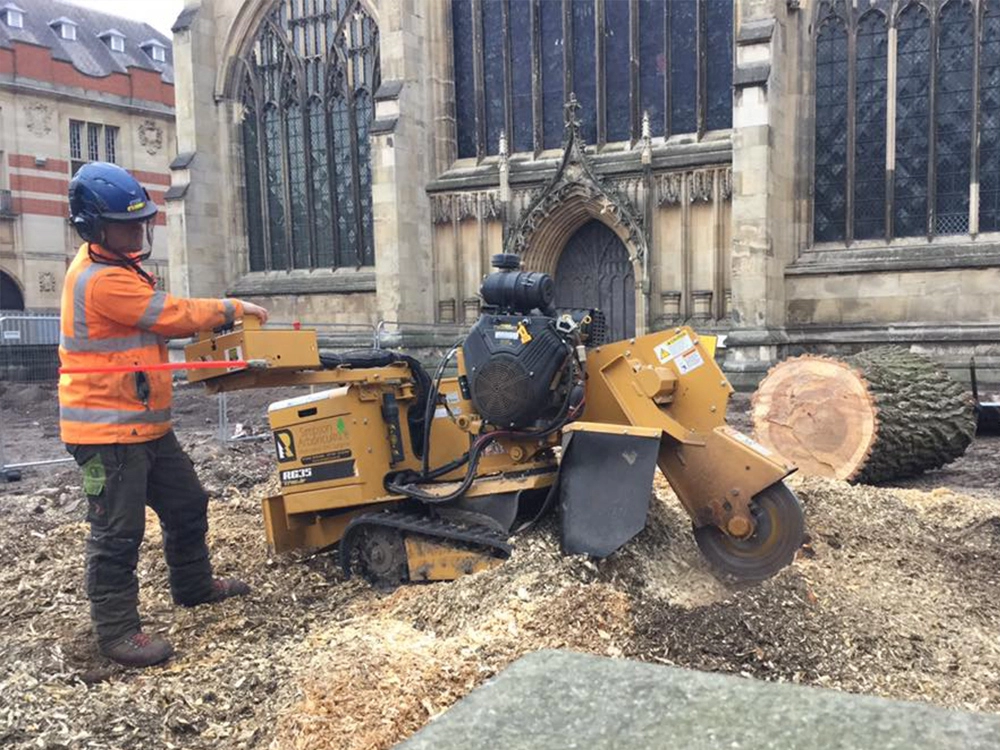Ash tree treatment: What to do about ash dieback
Over the last 10 years, ash dieback has swept across the United Kingdom. It has caused havoc among the country’s ash tree population. Ash dieback is a fungal disease that affects ash trees. Ash trees are our third most common tree species in the United Kingdom. They are an incredibly valuable part of both urban and rural landscapes. They also provide habitats for over 1000 species of wildlife, including many birds and mammals.
With more than 60 million ash trees across the country, many are expected to become affected by ash dieback in years to come. It is likely that many of these affected trees will eventually pose a safety risk. This is particularly important to consider if a tree is in a park, garden or on a roadside. In this blog we will address what to look for in ash trees and explore ash tree treatment.
Ash dieback: What signs to look for
There are several tell-tale signs of the ash dieback disease that it can be handy for tree owners to know.
- Spots on the leaves
- Wilted leaves
- Branches that appear to be losing leaves or dying back
- Lesions (dark patches) on the branches and/or trunk
A combination of these signs could mean that the ash tree has become infected with the ash dieback disease. However, we would always recommend consulting a qualified professional for advice.
Ash tree treatment: A silver lining
According to scientific studies, a small percentage of ash trees appear to have something called ‘Genetic tolerance’ to ash dieback. This means that if these trees are carefully protected and able to continue to grow and thrive, they will likely reproduce. This will create the next generation of ash trees. It is therefore essential for tree owners to understand what to look for in their ash trees. Knowing how to tell if ash trees are more tolerant and resistant to the infection is a good start. We would recommend contacting a professional.
Ash dieback: How to manage your ash trees
When it comes to ash dieback, it’s important to manage the risk. For example, is the ash tree overhanging a road or footpath? Do any branches overhang a busy area or playground? If so, then we would advise having a qualified professional assess the health of your tree and suggest steps for managing or removing the risk. If limbs of the tree have become weakened due to presence of the disease, they will likely become brittle and could snap or break. However, if an ash tree is situated in a field or hedgerow well away from any roads or footpaths, the risk is lower.
It is also worth considering whether a tree is showing any evidence of resistance or tolerance to the disease. If so, then it becomes increasingly important to try and preserve the life of the tree.
Ash tree treatment: Other considerations
In essence, felling or removing ash trees will not always be required, even if there is presence of the disease. The main priority is to manage the risk. A qualified professional may for example suggest managing the risk by reducing back several longer, overhanging branches. This could make the tree less likely to lose a limb or branch during high winds. If however, a tree may have become seriously affected by the disease. If this is the case and the tree is likely to fail, then the suggestion would likely be to remove the tree completely.
We would always recommend checking the health of your trees at least once a year by checking for any tell-tale signs of dieback. If any of these signs are present, contact a qualified professional. They can help you manage the health of the trees. An experienced professional will be able to suggest a management plan going forwards. This could also help you conclude if a tree is posing a high risk to people or property.
In a dead or dying ash, particularly where honey fungus is present, the risk of a tree breaking and falling in an uncontrolled manner is extremely high. This is why it is imperative for professional tree surgeons to carry out any work. Ash tree work requires meticulous planning as the tree may not be safe to climb. At Simpson Arboriculture, we would look at other options, ranging from working from the ground to using a MEWP or other machinery.
Get in touch
If you need some advice on your trees, we would be happy to arrange a visit. Our experienced team can discuss your trees and make recommendations for future work and maintenance. You can give us a call in the office or submit an enquiry via our website.
References
The Tree Council (2020). Ash Dieback Disease: A Guide for Tree Owners






